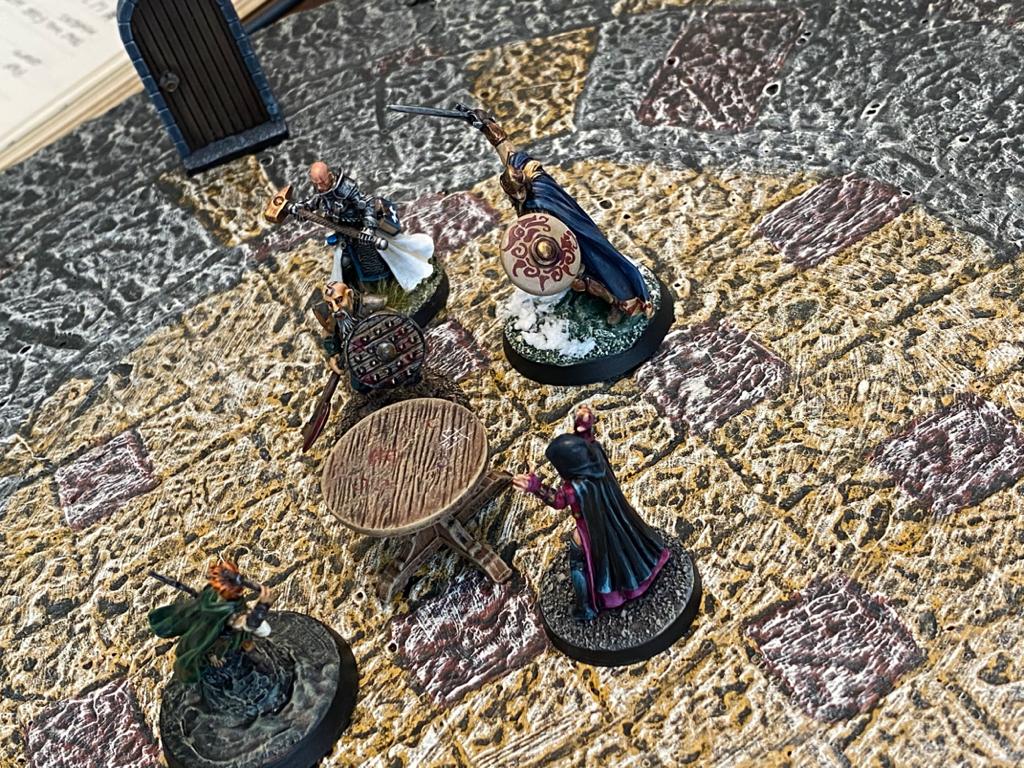After I watched “Social Encounters: Decoded” by Runehammer, I’ve been thinking about how to apply the logic of changing social encounters from a situation where the NPC holds a single important piece of information that will only be revealed if the players ask the right question (s).
I often do this and it ends up with the players dancing around trying to get to that singular piece of info.
Runehammer suggests that instead any social encounter should have 3 possible outcomes driven by what the players do, rather than what information the NPC holds:
- Favourable (Epic, fun, gratifying)
- As Written (on with the game)
- Awful (difficulty increase, new barriers to overcome)
What I want to do in this article, is create a simple way of adding social parameters to an NPC to drive Social Encounters in this direction with a Skill Challenge based idea with no dice rolls.
Creating a foundation from my professional experience
This section may be a bit complex and it is only to give you some background for my thinking. Feel free to skip if this looks too business-y to you 🙂
1. Stakholder Mapping
As a Consultant, clients and projects change on a regular basis so it is important to quickly get a lay of the land of who is involved in the success of a project.
This is known as Stakeholder Mapping and below are two basic models for capturing whether a Stakeholder is likely to be helpful or not and whether they have the power to either be supportive or disruptive.
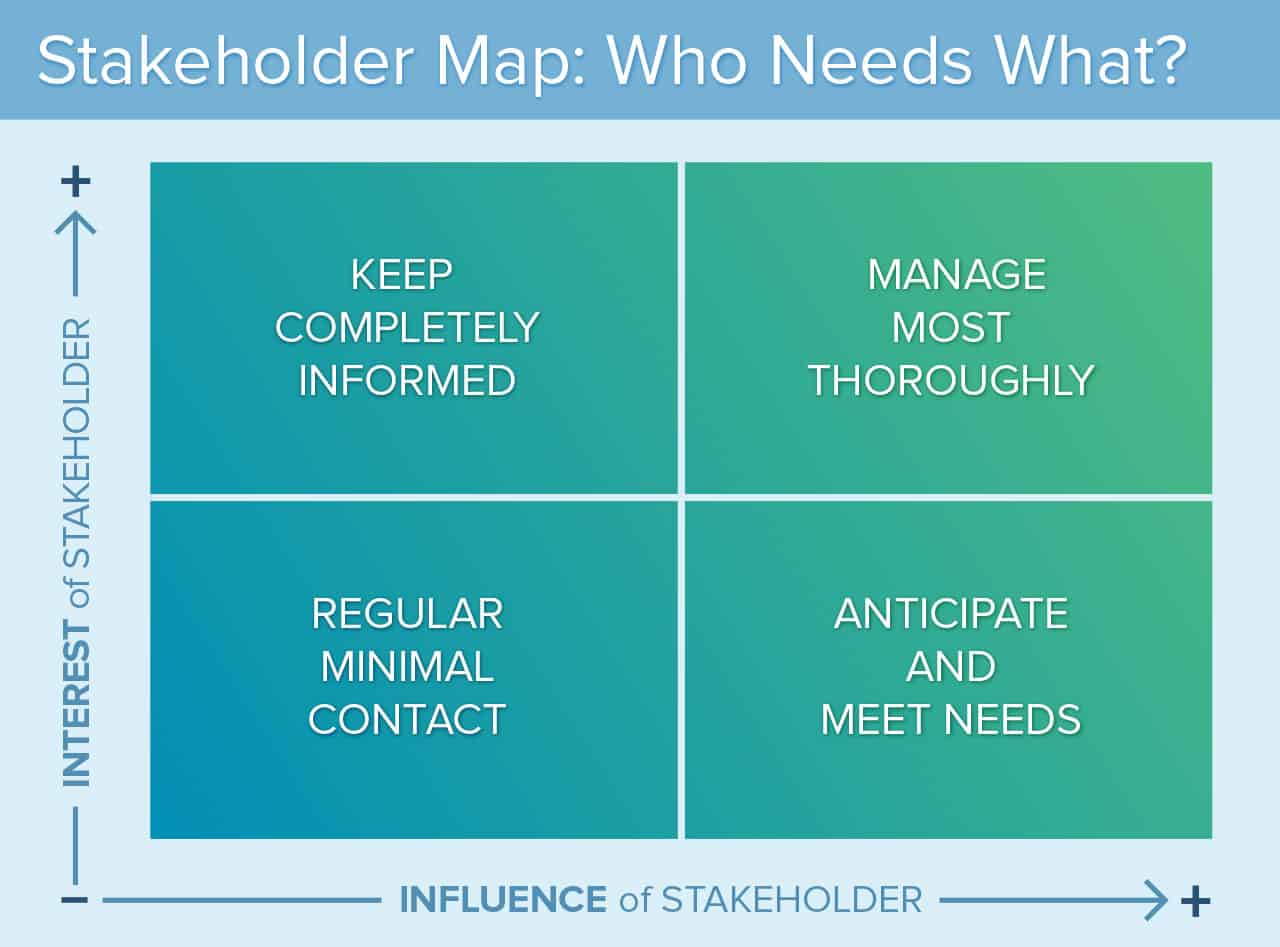
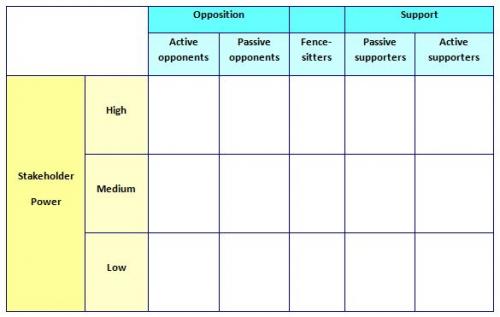
2. Behavioural patterns
As a User Experience professional it is paramount to understand what drives the customers of your product.
Here are a few basic models that maps expected behaviours and drivers and potential obstacles.
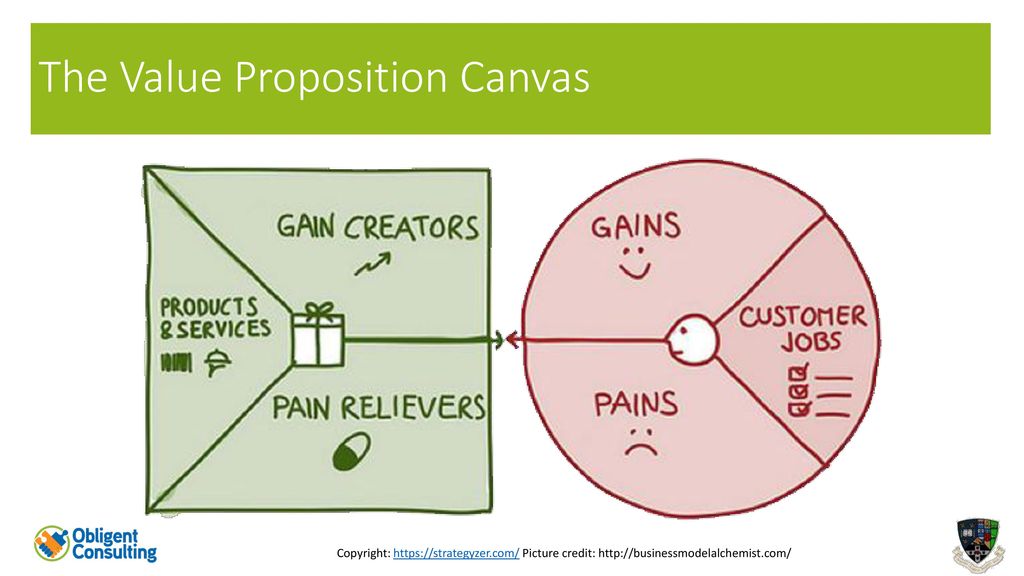
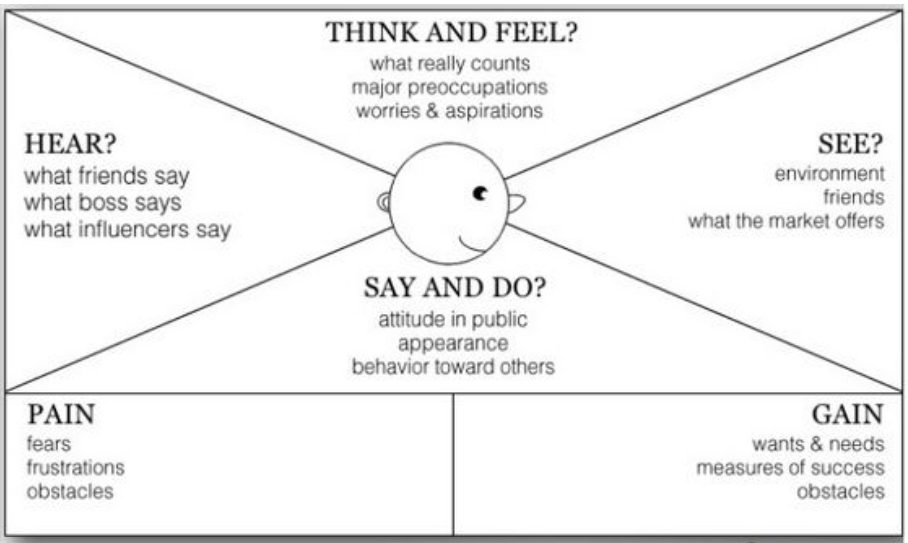
Now we have some foundation Lego blocks that are used in real life professional environments to understand the people we are working with or servicing.
Let’s get back to Dungeons & Dragons…
Social Behaviour and Skill Challenge
Social Behaviour Profile of an NPC
The things I want to capture are:
- Is the NPC friendly, neutral or hostile? (If you wanted to add rolls to this, use the standar DCs so 10 for friendly, 15 for neutral and 20 for hostile)
- Is the NPC naturally talkative or not (extrovert vs Introvert)
- What drives the NPC in their day to day life? (principles, money, family, love, etc?)
- What would prevent them from helping the heroes (law, fear, security, morals, rumours etc?)
- Conversation Stopper (something that will completely end the Social Encounter. For example mentioning the guard’s missing eye that he is sensitive about, insulting the scholar, triggering unwanted attention with a loud statement etc)
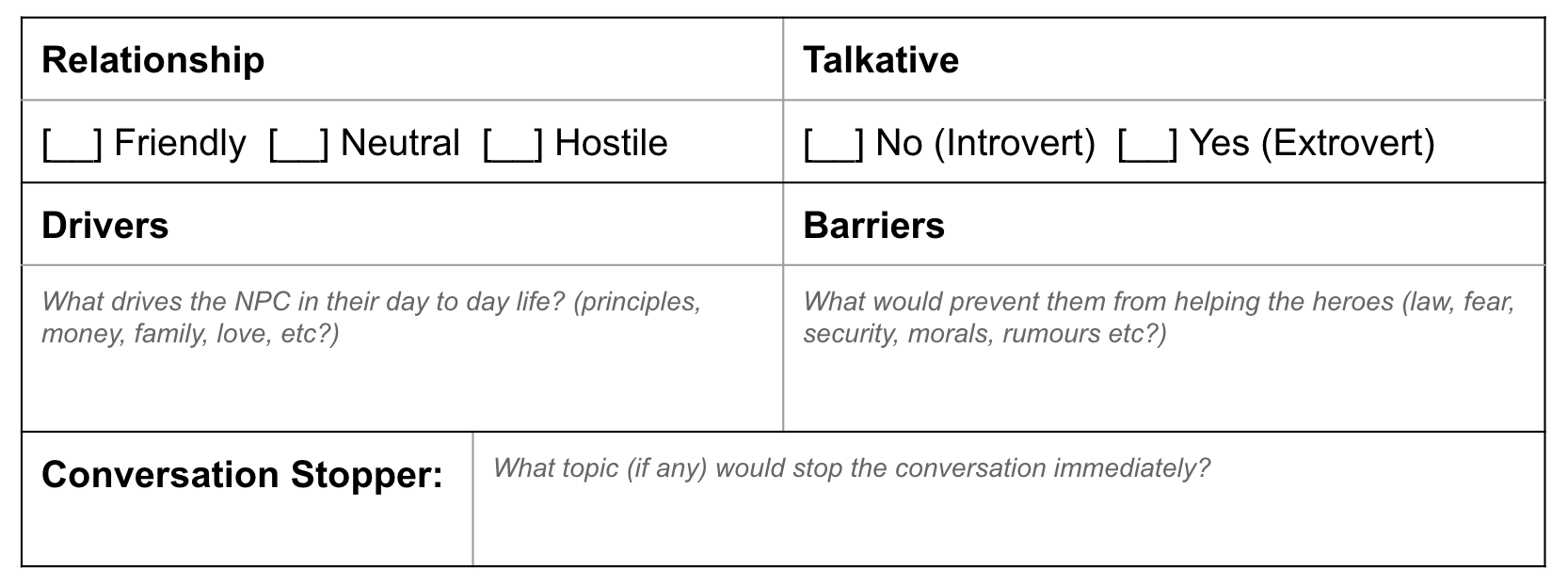
Adding time pressure with Skills Challenge
I don’t think you necessarily need to add dice rolls to all Social Encounters. This video by D&D’s Managing Director, Jeremy Crawford is great in explaining when rolls in Social Encounters are helpful.
But even without rolls we can still add time pressure using the Skills Challenge model from D&D 4e.
The Skills Challenge model is designed for high-pressure cinematic situations like a chase so each roll is naturally very time limited in D&D time.
But Social Encounters are slower, which means they are more prone to digress into just conversation because of the slower time frame, but that does not mean time stops. You still have opportunities come and go over the course of a Social Encounter.
An example
Your heroes are at the baron’s mansion for a reception of the newly appointed Dragonborn ambassador.
You have been asked to subtly investigate rumours that the Dragonborn has a secret taste for Elven flesh.
You have 4 opportunities to talk to the guests:
- Before the Ambassador arrives
- After he arrives
- After the Baron’s greetings and the Ambassador’s speech
- After the buffet and drinks
The players can now decide who they want to talk to when.
The Dwarven Barbarian is choosing to speak to the Dwarf Ambassador until he gets a favourable result. He ends up speaking with her all night but in the end gets some great insight around special dietarian requirements of the Dragonborn Ambassador while visiting the Dwarves home country (Favourable result).
The Gnome Bard decides to first speak to the Gnome Merchant and after a quick positive chat, moves on to a Tiefling Scholar, but before she can get anywhere, the speeches happen and the Tiefling disappeared into another conversation (Awful result).
The Elven Ranger, not used to social interaction is mainly observing the guests and notices the aid of the Dragonborn slipping him some mysterious looking food from the back during the buffet (Favourable result). Unfortunately he is spotted and must quickly exit the premises followed by two of the Dragonborn guards (awful result).
Etc.
Conclusion
While I have tested out the Skills Challenge model in Social Encounters, I have not combined it with the Runehammer concept of outcome driven Social Encounters, but I think this will help strengthening my own Social Encounters in our D&D games and i can’t wait to try it out in the new year once I’ve unpacked all my wrapped D&D stuff after the move to Denmark.
